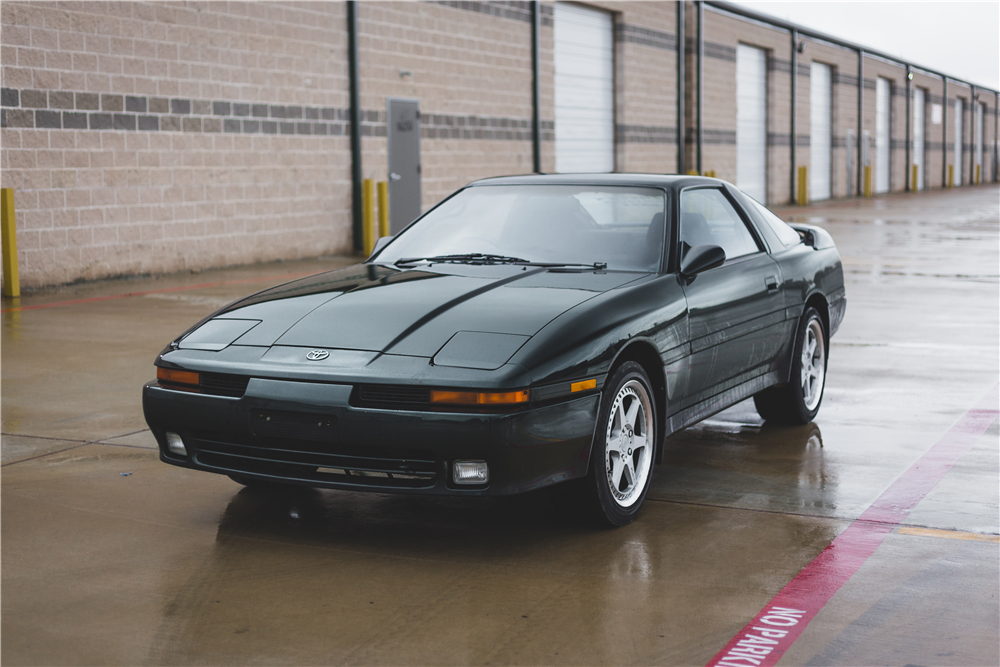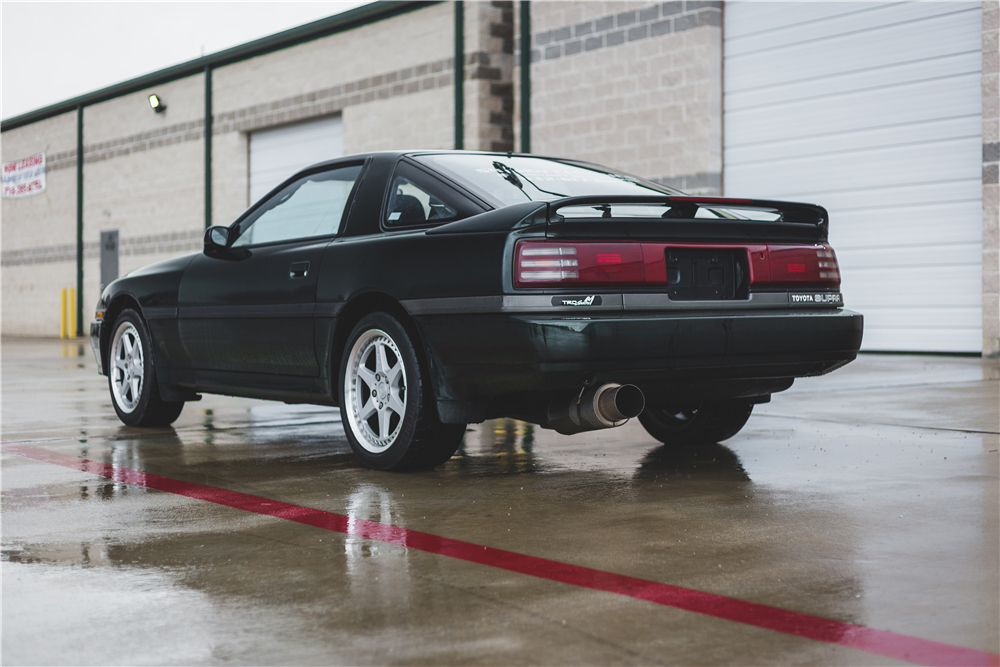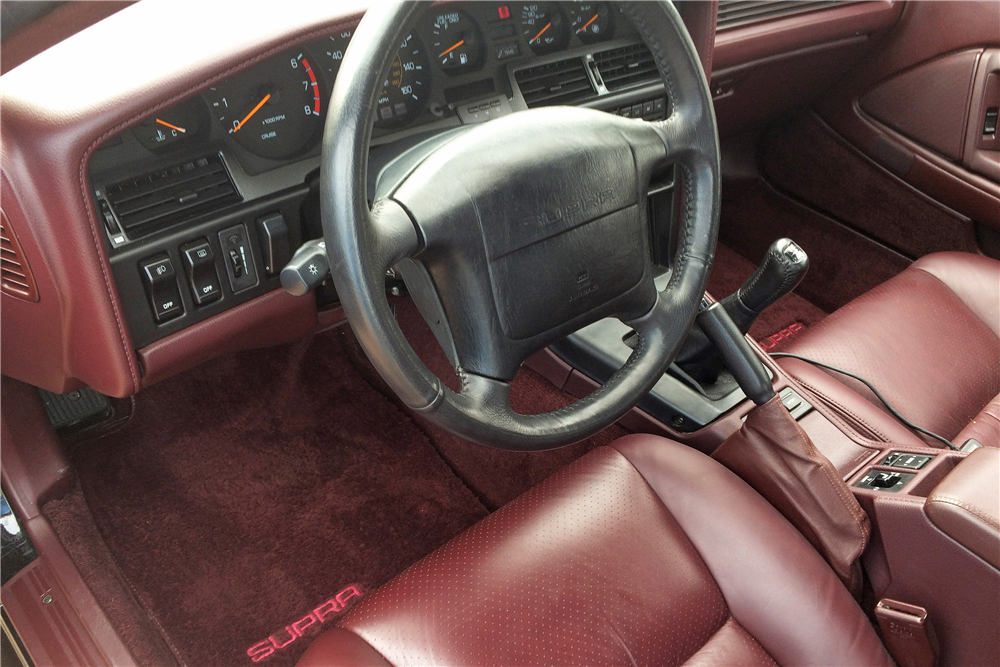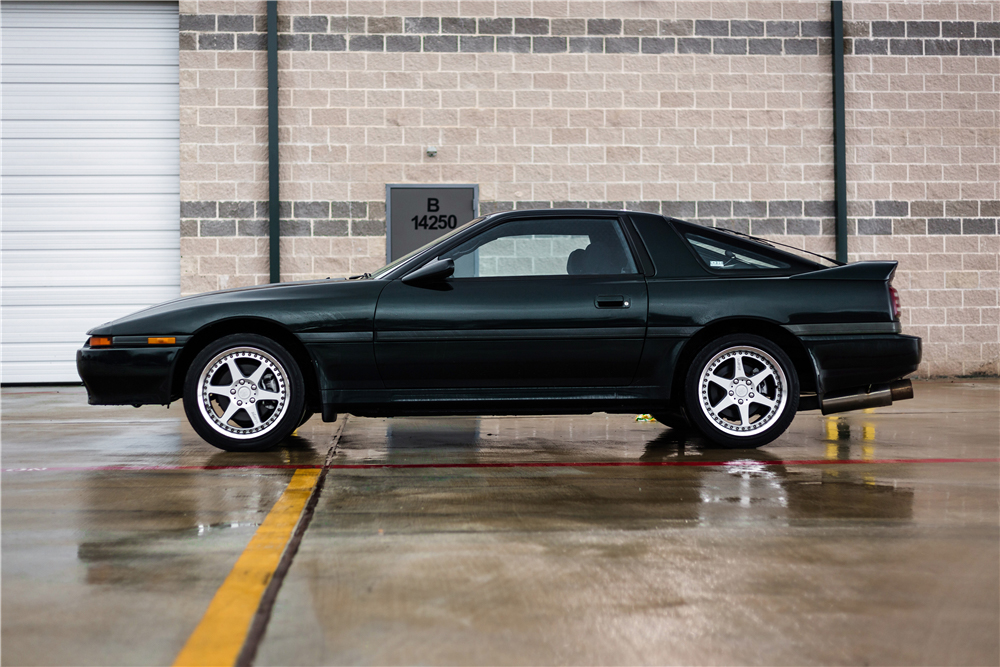Media | Articles
Toyota’s Mk III Supra is a lovable older brother
The non-Mk IV Supras live in an odd space. A great example of Toyota’s application of technology to create a sports car, they will long live in the shadow of the infamous Mk IV cars that rose to fame thanks to The Fast and The Furious movies. That doesn’t mean they aren’t great cars, and as the Mk IVs continue to climb higher, the interest for the earlier cars seems to be rising too.
Let’s dive into the Mk III and see what’s happening with the closest sibling to the star car.
What it is
The Mk III was the first Supra to separate the Supra nameplate from the Celica lineup, and thus was the recipient of an all-new chassis and bodywork. While many competitors were transitioning their cars to front-wheel drive, Toyota kept the Supra rear-drive. Angular and understated, the Supra reflected the late-1980s design model and looked good doing it.


Marketplace
Buy and sell classics with confidence

The MK III didn’t just look good, however. Toyota packed it with technology. The turbocharged engine option was Toyota’s first use of coil-on-plug ignition, banning the distributor from under the hood. Also standard on the turbo models was the Toyota Electronic Modulated Suspension (TEMS). This allowed the driver to adjust the shock firmness between “normal” and “sport,” something that so many late-model production cars list as standard.
Who is buying
So who is buying these less-desirable siblings of the Mk IV? Short answer: younger folks. Millennials comprise 50 percent of all Hagerty quote activity, with Gen X-ers marking 25 percent and Boomers coming in third at 22 percent. This is a significant shift from the market in 2014 when it was a 30/30/30 split between the same groups. Non-surprisingly, these relatively late-model imports have never been a favorite of the pre-Boomer group, as they have yet to eclipse more than 12 percent of activity.
Which one is popular
There are two paths should you choose to pursue a Mk III Supra: the turbocharged or naturally-aspirated engine. The NA cars leaped in value in 2013 (15 percent) and 2014 (10 percent), but they’ve been largely flat since. By contrast, the turbo saw a 16-percent climb in 2013, followed by 10 percent year over year until a flat 2017 and then a 20-percent gain in 2018. The Turbos will likely hold a higher value than the NA cars from here on out.




“The Mk III will always live in the shadow of the Mk IV cars, which is perfectly fair, but some people priced out of the later cars have turned to the perfectly good Mk IIIs,” says Hagerty Valuation Analyst Andrew Newton. “They’re no longer a big bargain in terms of sports cars from this era, but still a pretty decent value in terms of performance, appearance, and name recognition per dollar.”
The NA features a 3.0-liter DOHC inline six-cylinder making 200 horsepower and 196 lb-ft of torque. The turbo bumped output to 230 horses with 246 lb-ft. Of course, either engine could be had with a five-speed manual or four-speed automatic, with preference shown for the manual transmission in most cases.
Recent sales
With a combination of so many of the desirable traits, this 1990 Turbocharged model brought $44,000 at Barrett-Jackson’s Scottsdale auction in January 2018, setting the highest auction result we’ve seen. A #2 car, it presented well and had covered just 3300 miles. Oddly, silver BBS wheels were fitted to the car when it was sold new. Even with that change, the other options line up to make it the right one to buy for an investor—which it seems like was the seller was an investor also. Mecum sold the same car for $20,935 in 2011.
A 1991 Turbo with light modification brought a more palatable $11,000 at Barrett Jackson’s Palm Springs sale in April 2018. The right-hand-drive car, paired with some tasteful changes, held to our #3 value.















